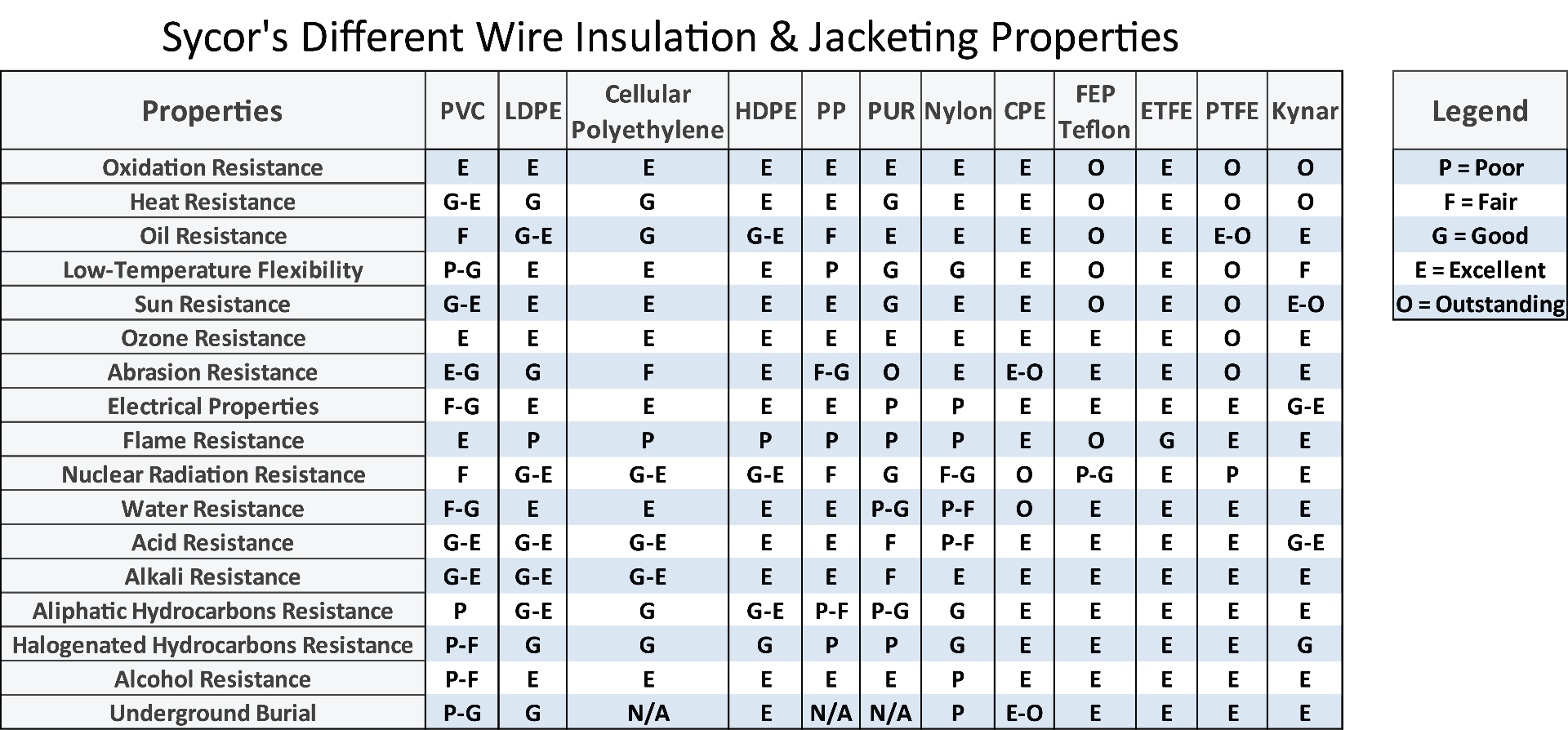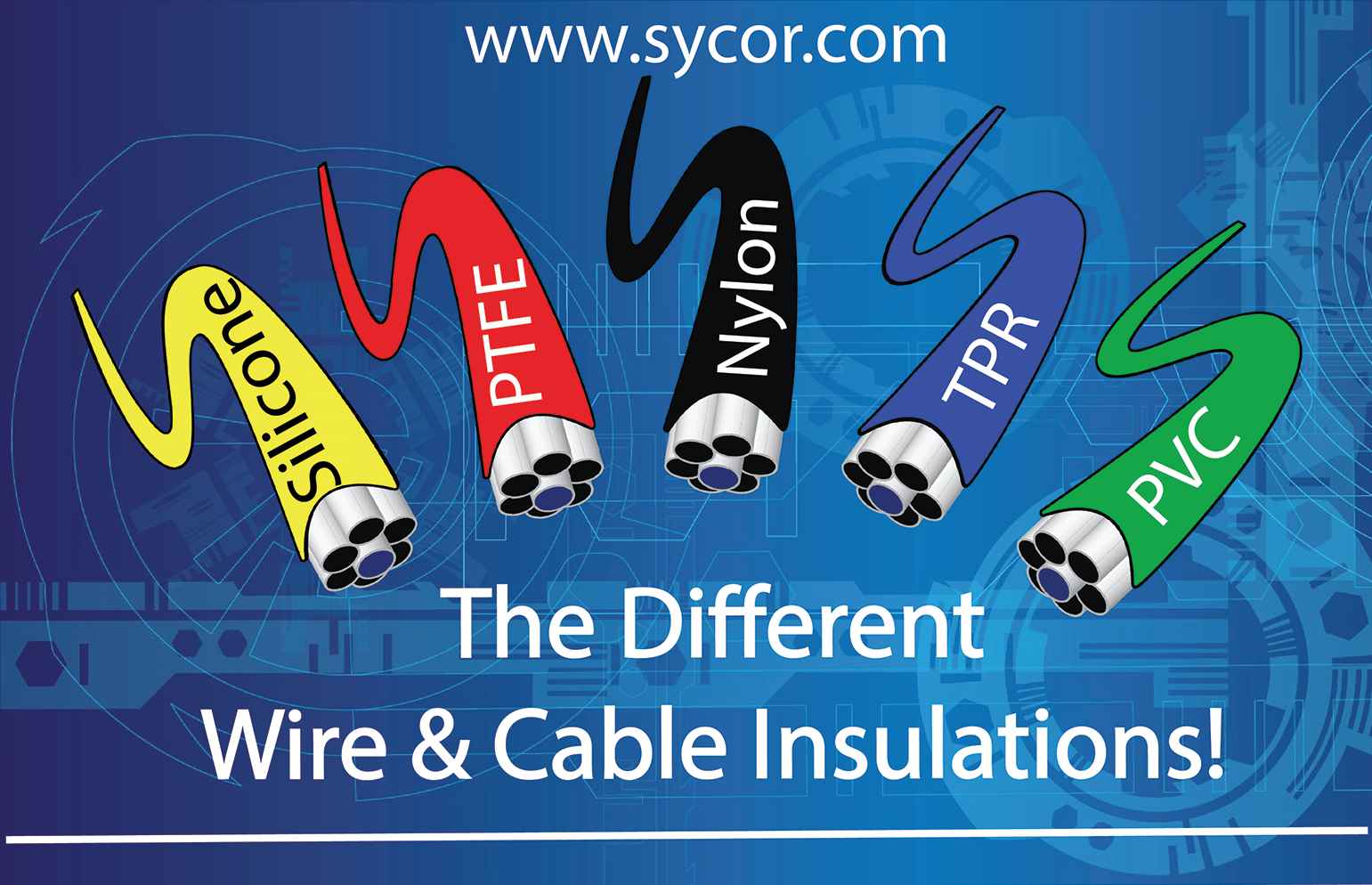Two Types of Conductor Insulation Designed to Be Used Underground
Name two types of conductor insulation designed to be used underground. Solution for name two types of conductor insulation designed to be used underground.

Cable And Conductor Insulation A Study Of Uses And Application Electrical Contractor Magazine
Aspects such as current carrying capacity weather loads and line design have been covered in other chapters.

. There are two main types of underground transmission lines currently in use. For higher voltages 3 cored constructions become too bulky and hence even with some limitations we. RHW - 2 USE - 2 and RHH cables.
The commonly used materials for insulation are impregnated paper varnished cambric rubber mineral compound. Used only in particular applications with specialised construction these Underground cables can be further divided as H-type and SL-type cables. Singleand multiconductor Types USE and USE-2 are not suitable for use in premises or aboveground except to terminate at the service equipment or metering.
The other type is a solid dielectric cable which requires no fluids or gas and is a more recent technological advancement. Install a layer of rigid insulation above your conduit in the area youve excavated. That means that the.
First week only 499. An overhead line conductor may have a maximum dielectric stress of 20 kVcm. One type is constructed in a pipe with fluid or gas pumped or circulated through and around the cable in order to manage heat and insulate the cables.
Stranding is done so that conductor may become flexible and carry more current. What is the maximum ampacity of this conductor if the ambient air temperature is 40C. I The conductor used in underground cables should be tinned stranded copper or aluminium of high conductivity.
Name two types of conductor insulation designed to be used underground. Metal conduit that was installed during the middle of the 20th century was often used for connecting to ground as well but today metal and PVC conduit should be filled with insulated THHN conductors and a separate dedicated ground. A 10 AWG copper conductor with Type THW insulation is to be run in free air.
Multiconductor Type USE cable contains conductors with insulation equivalent to RHW or XHHW with the conductors rated at 90C in a damp or dry installation and 75C for a wet application. The cable is specifically for underground service entrance. A 3 cored cable is preferred up to 66 kV.
Use of the NEC will be required to answer some of the following questionsName two types of conductor insulation designed to be used underground. Name two types of conductor insulation designed to be used underground. Multiconductor Type USE-2 contains insulation equivalent to RHW-2 or XHHW-2 and is rated 90C wet or dry.
Name two types of conductor insulation designed to. A 10 AWG copper conductor with Type THW insulation is to be run in free air. Insulation integrity is a particular concern for underground cables.
Start your trial now. Want to see the step-by-step answer. XLPE Cross-linked Polyethylene The most common material for MV cables today.
Compared with insulation on overhead lines cable insulation is subjected to high dielectric stresses. The common types of. Most common sizes are 12 and 34.
Lab Manual Experiments in Electricity for Use with Lab-Volt 5th Edition Edit edition Solutions for Chapter 11 Problem 2RQ. Romex is a common type of residential wiring that is categorized by the National Electrical Code NEC as underground feeder UF or non-metallic sheathed cable NM and NMC. Stranding is done so that conductor may become flexible and carry more current.
Multiconductor Type USE cable contains conductors with insulation equivalent to RHW or XHHW. RHW-2 USE-2 and RHH cables. Beyond that insulation required for the cable is too much.
Underground cables are usually employed to deliver 3 phase power. In medium-voltage underground cables there are two main types of insulation material. The coating on NMC cable is non-conducting flame-resistant and moisture-resistant.
By contrast a cable conductor may be routinely stressed at 100 kVcm. This insulation is equal to roughly one foot of regular soil depth. EPR Ethylene Propene Rubber.
One type is constructed in a pipe with fluid or gas pumped or circulated through and around the cable in order to manage heat and insulate the cables. A brief introduction to novel conductors that may be used in the future on wood. NM and NMC conductors are composed of two or more insulated conductors contained in a non-metallic sheath.
For example use 1-inch rigid insulation. These are used when the voltage requirement exceeds 66kV and solid cables cant be used. Types USE and USE-2 cables are designed and listed for underground installations including direct burial in the earth and are available in both single-conductor and multiconductor cables.
Metal or plastic pipe used to protect wires. Check out a sample QA here. The other type is a solid dielectric cable which requires no fluids or gas and is a more recent technological advancement.
This will help prevent the frost from penetrating any deeper into the soil. The VIR insulation is generally used for low and moderate voltage cables. There is no outer protective jacket for this cable because the insulation is thick enough to protect the wires within.
There are two main types of underground transmission lines currently in use. The insulated 40 is not really intended to be an electrode ie. RHHRHW-2USE-2 sometimes called XLP-USE is made up of a copper conductor and insulation of cross-linked polyethylene.
Ground Ring in the truest sense per 25052 A 4Its really a very large intricate bonding jumper used to connect grounding electrodes such as ground rods etc installed plant wide. Theres a great hack I like to use. What is the maximum temperature rating of Type XHHW insulation when used in a wet location.
Delmars Standard Textbook of Electricity 7th Edition Edit edition Solutions for Chapter 10 Problem 2RQ. Its also buried only 18 instead of 30. Its main drawback is that sulphur reacts very quickly with copper and for this reason underground cables using VIR insulation have tinned copper conductor.
This chapter looks briefly at the various types of conductor on the market with particular reference to covered and insulated conductors.

Sizing Conductors Part Vi Electrical Contractor Magazine

The Different Types Of Wire Cable Insulations


Comments
Post a Comment